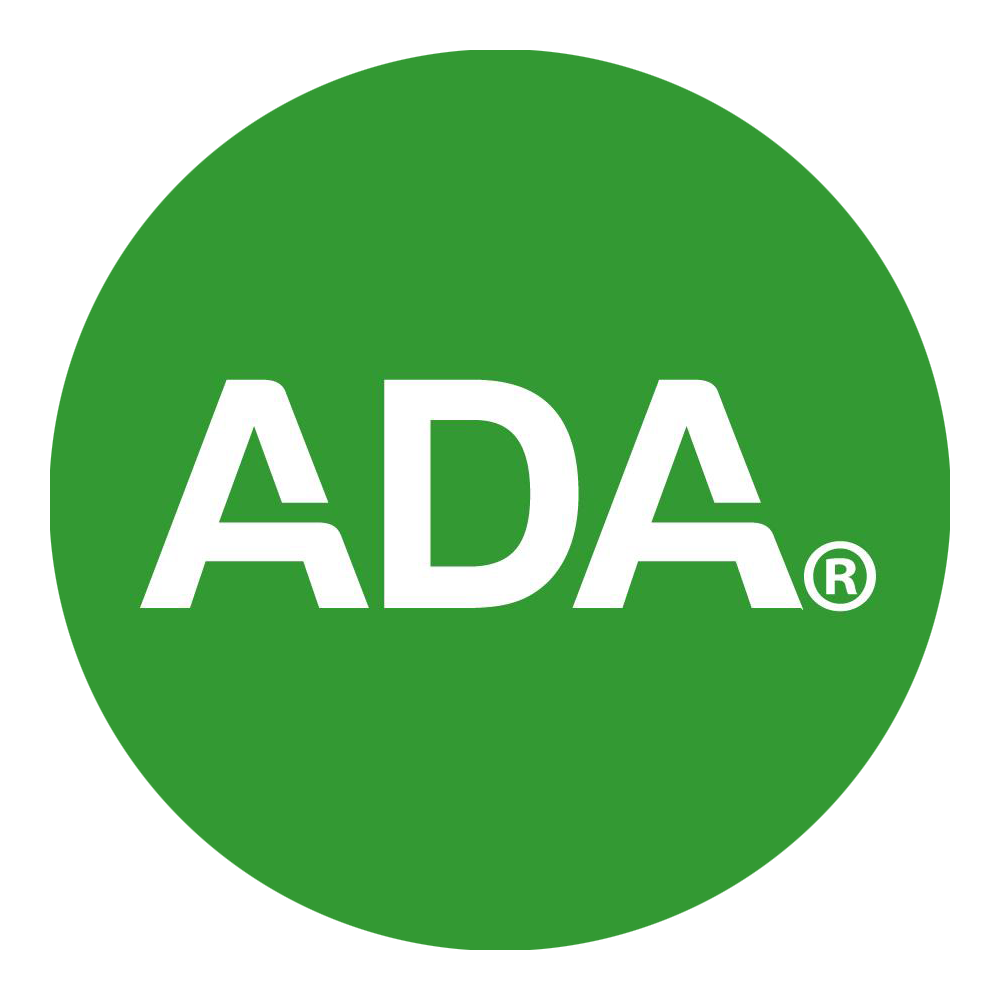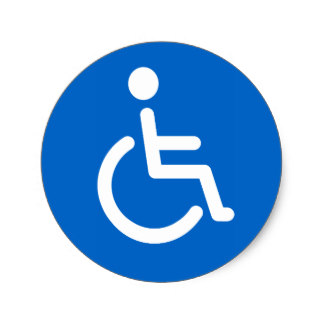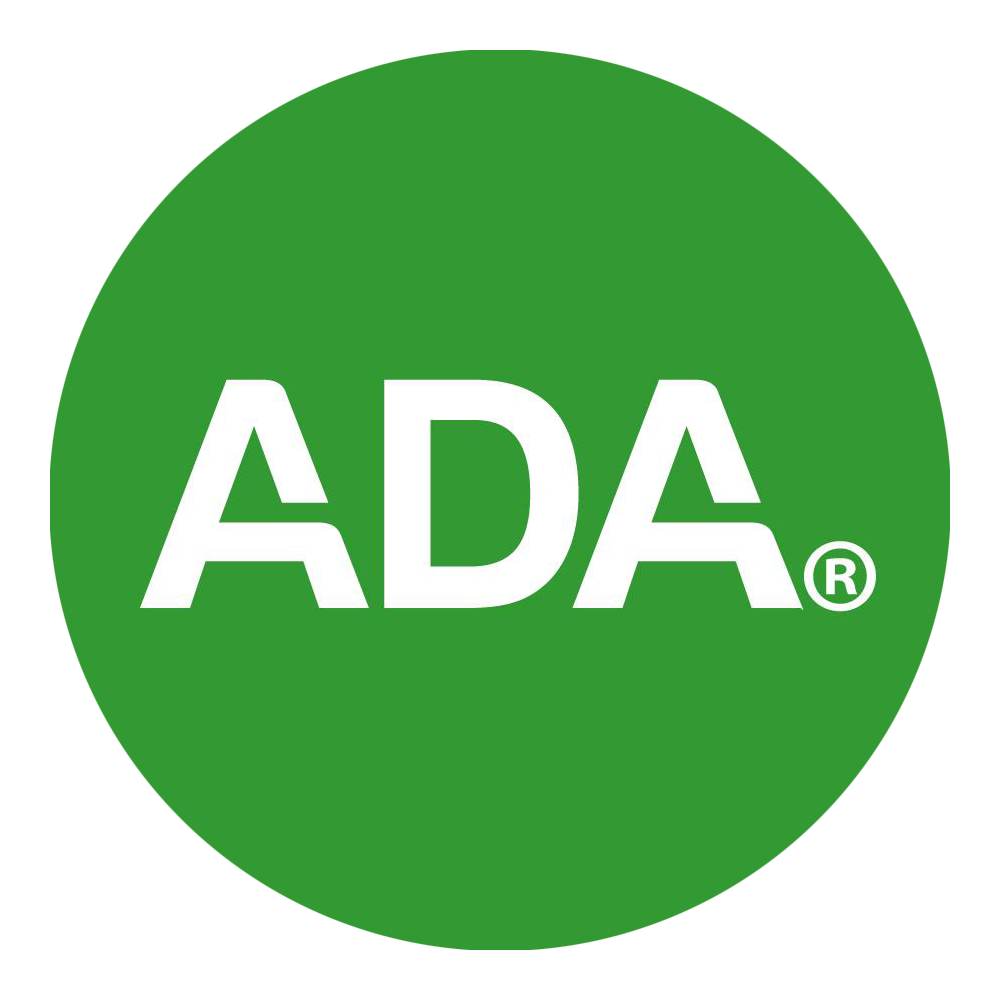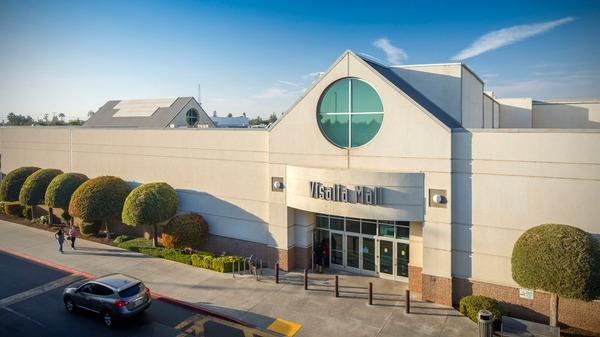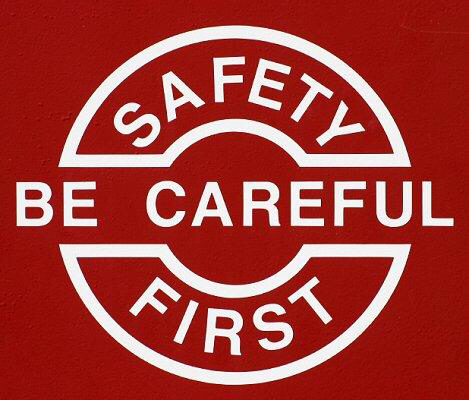Information
-
ADA Facility Inspection - Location
-
Conducted on
-
Prepared by
-
Facility location (Drop pin for GPS and street address):
Accessible Approach/Entrance
Route of Travel
-
Is there a route of travel that does not require the use of stairs?
-
Is the route of travel stable, firm, and slip resistant?
-
Is the route at least 36" wide?
-
Width:
-
Can all objects protruding into the circulation paths be detected by a person with a visual disability using a cane?
-
Distance from wall/height:
-
Do curbs on the route have curb cuts at drives, parking, and drop-offs?
Ramps
-
Are the slopes of ramps no greater than 1:12?
-
Slope:
-
Do all ramps longer than 6 feet have railings on both sides?
-
Are railings sturdy and between 34 and 38 inches high?
-
Height:
-
Is the width between railings or curbs at least 36"?
-
Width:
-
Are ramps non-slip?
-
Is there a 5-foot long level landing at every 30-foot horizontal length of ramp, at the top and bottom of ramps and at switchbacks?
-
Length:
-
Does the ramp rise no more than 30 inches between landings?
-
Rise:
Parking and Drop-Off Areas
-
Are an adequate number of accessible parking spaces available (8 feet wide for car plus 5-foot access aisle)?
-
Number of accessible spaces:
-
Note widths of existing accessible spaces:
-
Are 8-foot wide spaces, with minimum 8-foot wide access aisles, and 98 inches of vertical clearance, available for lift-equipped vans?
-
Width/vertical clearance:
-
Are the access aisles part of the accessible route to the accessible entrance?
-
Are the accessible spaces closest to the accessible entrance?
-
Are accessible spaces marked with the International Symbol of Accessibility?
-
Are there signs reading 'Van Accessible' at van spaces?
-
Is there an enforcement procedure to ensure that accessible parking is used only by those who need it?
Entrance
-
If there are stairs at the main entrance, is there also a ramp or lift, or is there an alternative accessible entrance?
-
Do all inaccessible entrances have signs indicating the location of the nearest accessible entrance?
-
Can the alternate accessible entrance be used independently?
-
Does the entrance door have at least 32 inches clear opening (for a double door, at least one 32-inch leaf)?
-
Inches of clear opening:
-
Is there at least 18 inches of clear wall space on the pull side of the door, next to the handles?
-
Inches of clear space:
-
Is the threshold edge 1/4-inch high or less, or if beveled edge, no more than 3/4-inch high?
-
Height:
-
If provided, are carpeting or mats a maximum of 1/2-inch high?
-
Height:
-
Are edges securely installed to minimize tripping hazards?
-
Is the door handle no higher than 48 inches and operable with a closed fist?
-
Height:
-
Can doors be opened without too much force (exterior doors reserved; maximum is 5 lbs for interior doors)?
-
Force:
-
If the door has a closer, does it take at least 3 seconds to close?
-
Seconds:
Access to Goods and Services
Horizontal Circulation
-
Does the accessible entrance provide direct access to the main floor, lobby, or elevator?
-
Are all public spaces on an accessible route of travel?
-
Is the accessible route to all public spaces at least 36" wide?
-
Width:
-
Is there a 5-foot circle or a T-shaped space for a person using a wheelchair to reverse direction?
-
Width:
Doors
-
Do doors into public spaces have at least a 32-inch clear opening?
-
Inches of opening:
-
On the pull side of doors, next to the handle, is there at least 18 inches of clear wall space so that a person using a wheelchair or crutches can get near to open the door?
-
Inches of clear space:
-
Can doors be opened without too much force (5 lbs maximum for interior doors)?
-
Force:
-
Are door handles 48 inches high or less and operable with a closed fist?
-
Height:
-
Are all threshold edges 1/4-inch or less, or if beveled edge, no more than 3/4-inch high?
-
Height:
Rooms and Spaces
-
Are all aisles and pathways to materials and services at least 36" wide?
-
Width:
-
Is there a 5-foot circle or T-shaped space for turning a wheelchair completely?
-
Width:
-
Is the carpeting low-pile, tightly woven, and securely attached along the edges?
-
In circulation paths through public areas, are all obstacles cane-detectable (located within 27 inches of the floor or higher than 80 inches, or protruding less than 4 inches from wall)?
-
Height/protrusion:
Emergency Egress
-
If emergency systems are provided, do they have both flashing lights and audible signals?
Signage for Goods and Services
-
If provided, do signs and room numbers designating permanent rooms and spaces where goods and services are provided comply with the appropriate requirements for such signage?
-
Signs mounted with centerline 60" from floor?
-
Height:
-
Mounted on wall adjacent to latch side of door, or as close as possible?
-
Raised characters, sized between 5/8 and 2 inches high, with high contrast (for room numbers, rest rooms, etc)?
-
Character height:
-
Brailled text of the same information?
-
If pictogram is used, it must be accompanied by raised characters and Braille.
Directional and Informational Signage (Signs that fall under Priority 2)
-
If mounted above 80 inches, do they have letters at least 3 inches high, with high contrast, and non-glare?
-
Letter height:
-
Do directional and informational signs comply with legibility requirements? (Building directions or temporary signs need not comply.)
Controls
-
Are all controls that are available for use by the public (including electrical, mechanical, cabinet, game, and self-service controls) located at an accessible height?
-
Height:
-
Are they operable with a closed fist?
Seats, Tables, and Counters
-
Are the aisles between fixed seating (other than assembly area seating) at least 36 inches wide?
-
Width:
-
Are the spaces for wheelchair seating distributed throughout?
-
Are the tops of tables or counters between 28 and 34 inches high?
-
Height:
-
Are knee spaces at accessible tables at least 27 inches high, 30 inches wide, and 19 inches deep?
-
Height/width/depth:
-
At each type of cashier counter, is there a portion of the main counter that is no more than 36 inches high?
-
Height:
-
Is there a portion of food-ordering counters that is no more than 36 inches high, or is there space at the side for passing items to customers who have difficulty reaching over a high counter?
Vertical Circulation
-
Are there ramps, lifts, or elevators to all public levels?
-
On each level, if there are stairs between the entrance and/or elevator and essential public areas, is there an accessible alternate route?
Stairs (Connecting levels not serviced by an elevator, ramp, or lift)
-
Do treads have a non-slip surface?
-
Do stairs have continuous rails on both sides, with extensions beyond the top and bottom stairs?
Elevators
-
Are there both visible and verbal or audible door opening/closing and floor indicators (one tone=up, two tones=down)?
-
Are the call buttons in the hallway no higher than 42"?
-
Height:
-
Do the controls inside the cab have raised and Braille lettering?
-
Is there a sign on both door jambs at every floor identifying the floor in raised and Braille letters?
-
If an emergency intercom is provided, is it usable without voice communication?
-
Is the emergency intercom identified by Braille and raised letters?
Lifts
-
Can the lift be used without assistance?
-
If not, is a call button provided?
-
Is there at least 30 by 48 inches of clear space for a person in a wheelchair to approach to reach the controls and use the lift?
-
Clear space:
-
Are controls between 15 and 48 inches high (up to 54 inches if a side approach is possible)?
-
Height:
Usability of Rest Rooms
Getting to the Rest Rooms
-
If rest rooms are available to the public, is at least one rest room (either one for each sex, or unisex) fully accessible?
-
Are there signs at inaccessible rest rooms that give directions to accessible ones?
Doorways and Passages
-
Is there tactile signage identifying rest rooms?
-
Are pictograms or symbols used to identify rest rooms, and, if used, are raised characters and Braille included below them?
-
Is the doorway at least 32" clear?
-
Clear width:
-
Are doors equipped with accessible handles (operable with a closed fist), 48 inches high or less?
-
Height:
-
Can doors be opened easily (5 lbf maximum force)?
-
Force:
-
Does the entry configuration provide adequate maneuvering space for a person using a wheelchair?
-
Clear width:
-
Is there a 36-inch-wide path to all fixtures?
-
Width:
Stalls
-
Is the stall door operable with a closed fist, inside and out?
-
Is there a wheelchair-accessible stall that has an area of at least 5 feet by 5 feet, clear of the door swing, OR is there a stall that is less accessible but that provides greater access than a typical stall (either 36 by 69 inches or 48 by 69 inches)?
-
Length/width
-
In the accessible stall, are there grab bars behind and on the side wall nearest to the toilet?
-
Is the toilet seat 17 to 19 inches high?
-
Height:
Lavatories
-
Does one lavatory have a 30-inch-wide by 48-inch-deep clear space in front?
-
Clear space:
-
Is the lavatory rim no higher than 34 inches?
-
Height:
-
Is there at least 29 inches from the floor to the bottom of the lavatory apron (excluding pipes)?
-
-
Height:
-
Can the faucet be operated with one closed fist?
-
Are soap and other dispensers and hand dryers within reach ranges and usable with one closed fist?
-
Is the mirror mounted with the bottom edge of the reflecting surface 40 inches high or lower?
-
Height:
Additional Access
Drinking Fountains
-
Is there at least one fountain with clear floor space of at lest 30 by 48 inches in front?
-
Clear space:
-
Is there one fountain with its spout no higher than 36 inches from the ground, and another with a standard height spout (or a single "hi-low" fountain)?
-
Height:
-
Are controls mounted on the front or on the side near the front edge, and operable with one closed fist?
-
Is each water fountain cane-detectable (located within 27 inches off the floor or protruding into the circulation space less than 4 inches from the wall?
-
Height/protrusion:
Telephones
-
If pay or public use phones are provided, is there clear floor space of at least 30 by 48 inches in front of at least one?
-
Clear space:
-
Is the highest operable part of the phone no higher than 48 inches (up to 54 inches if a side approach is possible)?
-
Height:
-
Does the phone protrude no more than 4 inches into the circulation space?
-
Protrusion:
-
Does the phone have push button controls?
-
Is the phone hearing-aid compatible?
-
Is the phone adapted with volume control?
-
Is the phone with volume control identified with appropriate signage?
-
If there are four or more public phones in the building, is one of the phones equipped with a text telephone (TT or TTD)?
-
Is the location of the text telephone identified by accessible signage bearing the International TDD Symbol?
Observations
-
Observations
-
Notes:
-
Photos:
Signature
-
Signature of Auditor(s):
